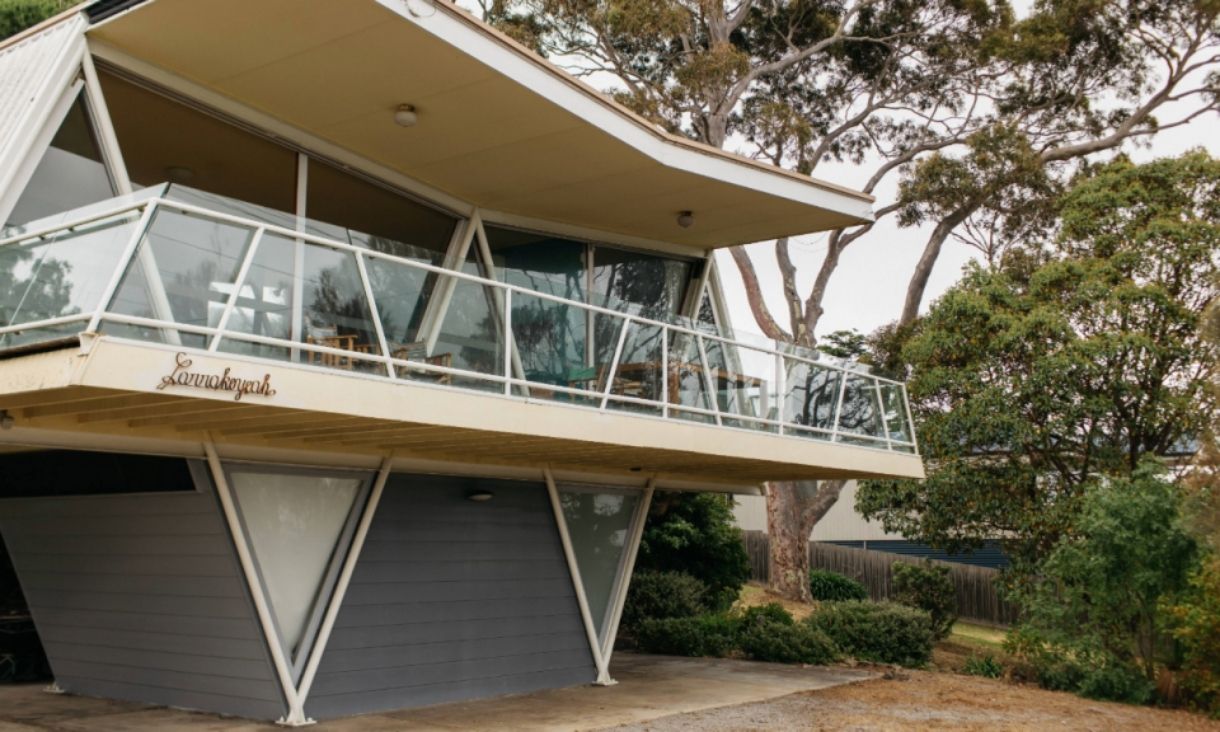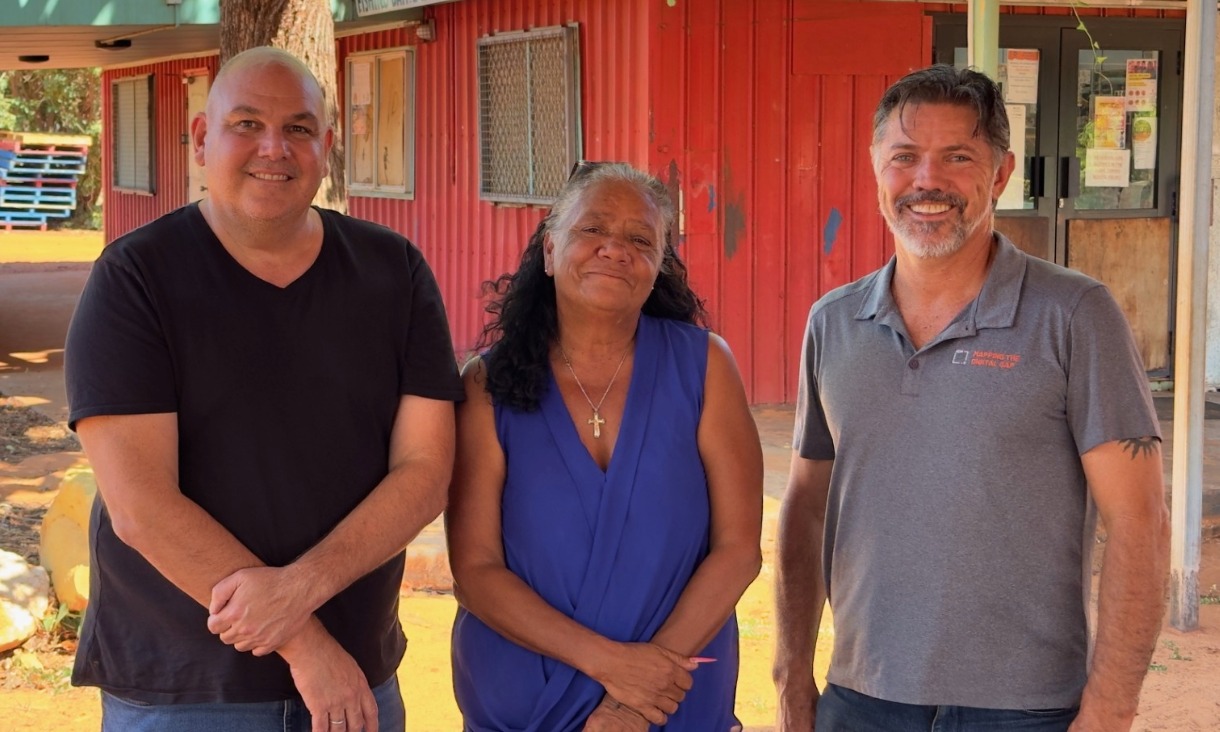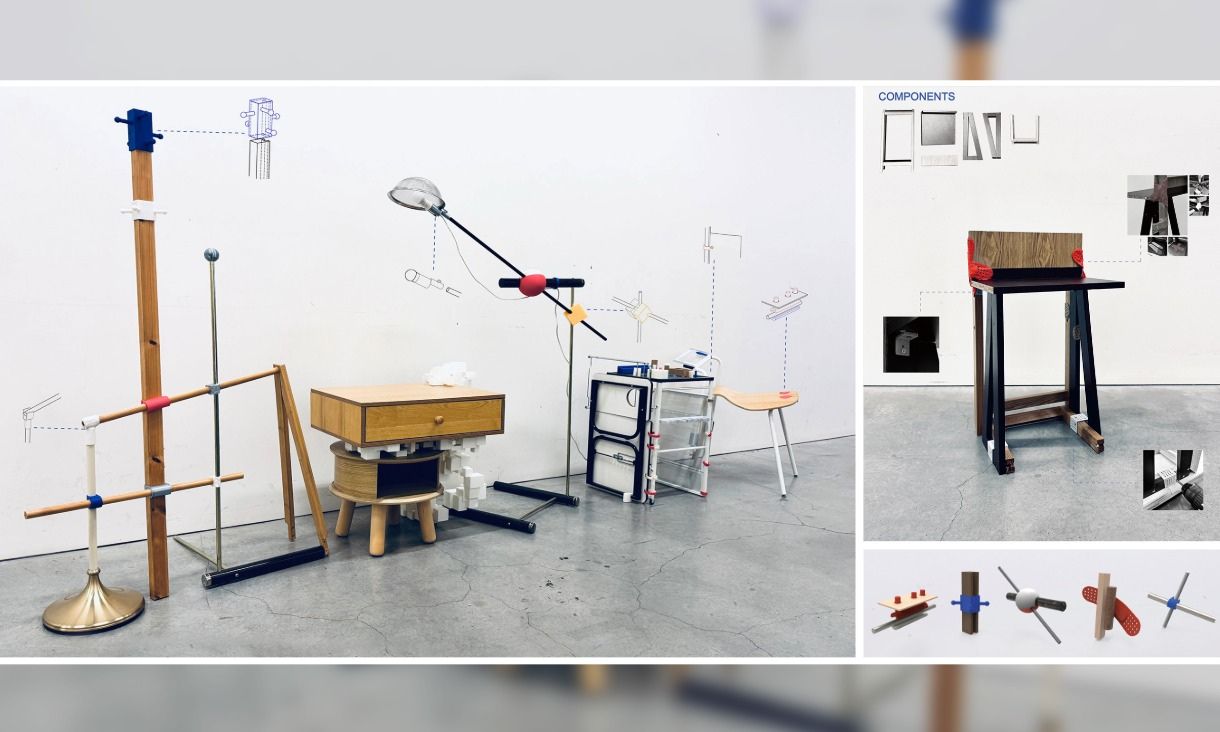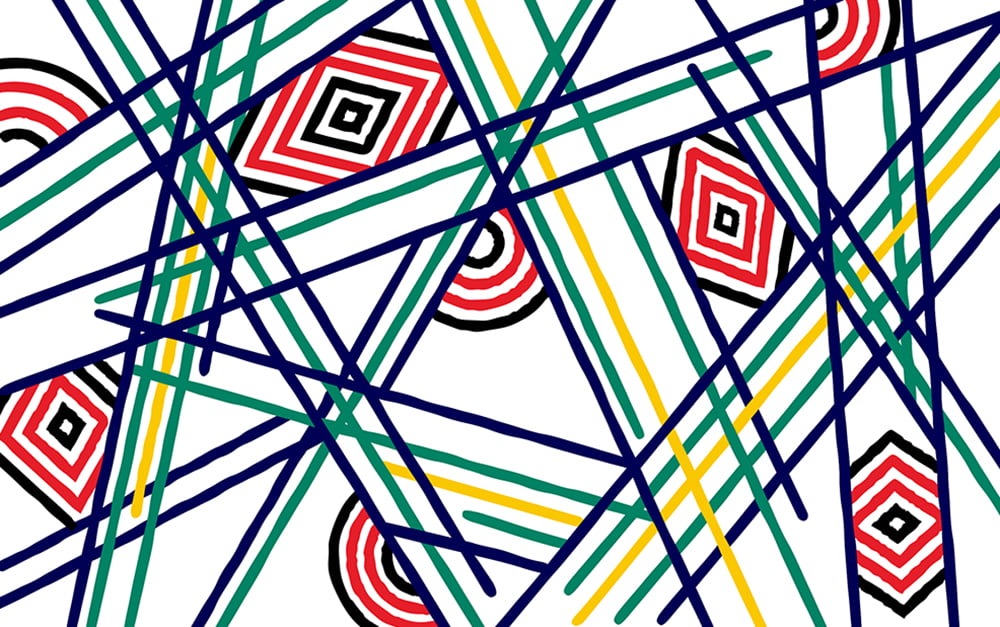5G home internet challenges NBN, but mass shift still a way off: study
Most Australians who have 5G are content with it, yet few actively seek it out or plan to switch in the short term, a study from RMIT University has found.
McCraith House Creative Residency Program wraps up a vibrant year of artistic experimentation and collaboration
RMIT’s College of Design and Social Context celebrates a year of creative residencies across literature, design, music, and performance.
First Nations Australians twice as likely to be digitally excluded
First Nations Australians are twice as likely as other Australians to be digitally excluded and face barriers to accessing, affording and using the internet. For those living in remote Australia, the barriers are much greater.
RMIT student wins Best in Category at Victorian Premier’s Design Awards
A sustainable furniture system using digital fabrication techniques and repurposed furniture waste has won Best in Category for Student Design at the Victorian Premier’s Design Awards alongside over twenty RMIT-affiliated projects recognised at this year’s awards.
.jpg)
.jpg)






